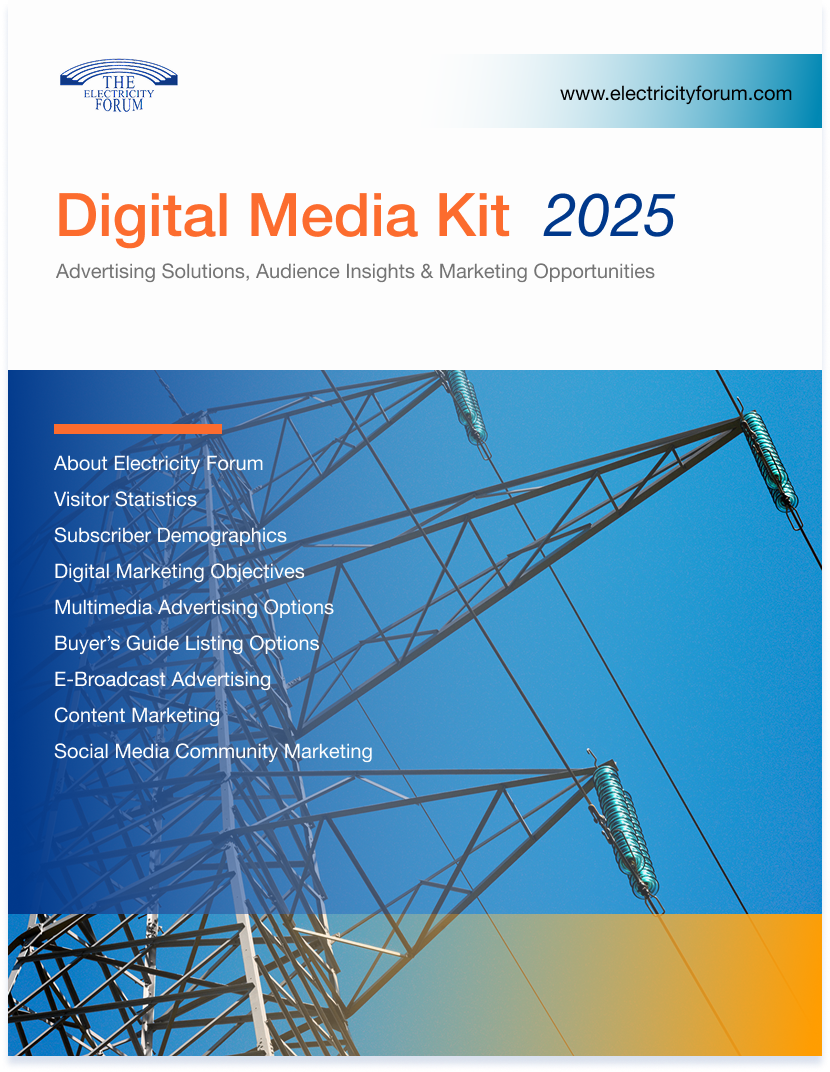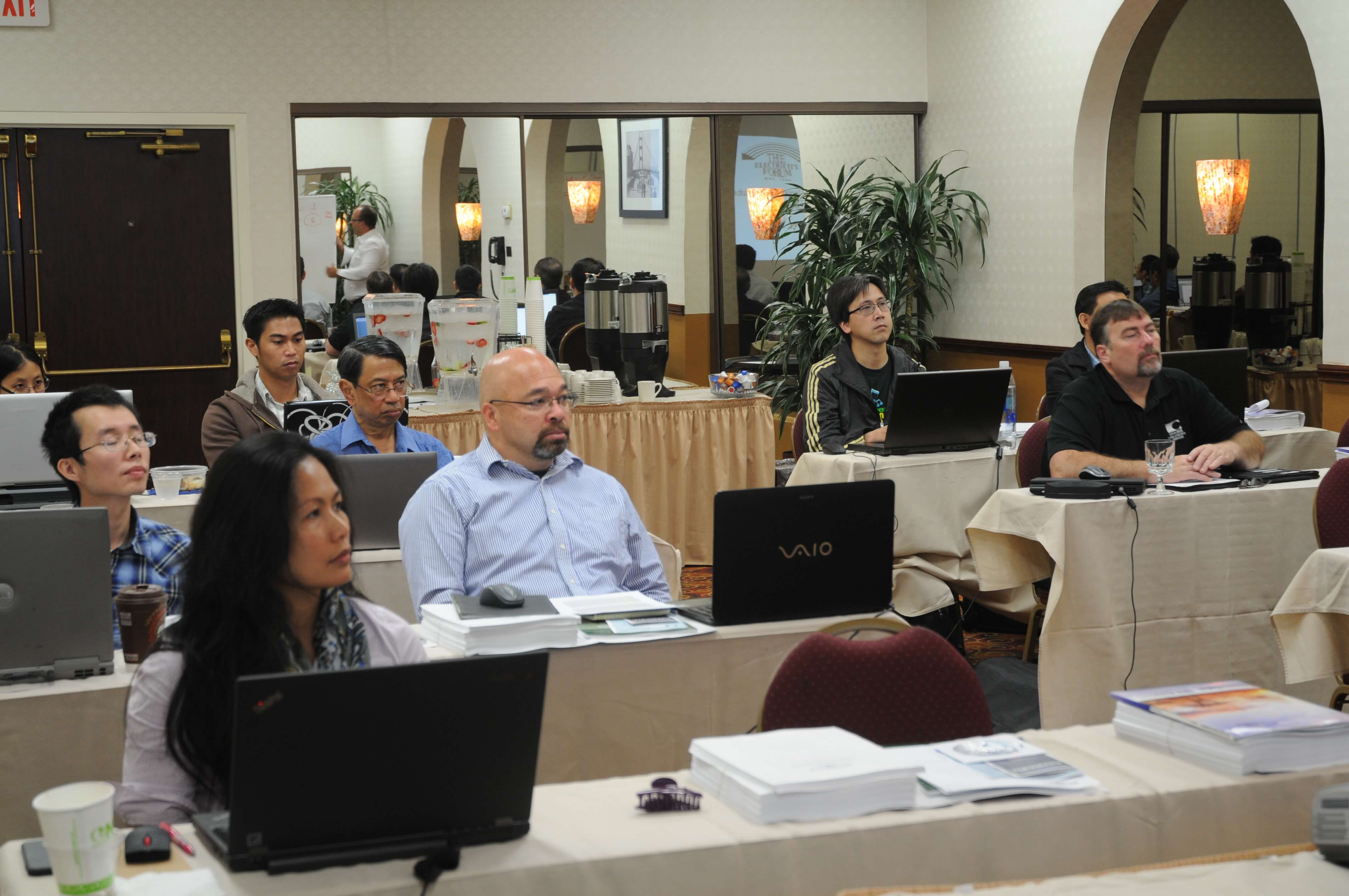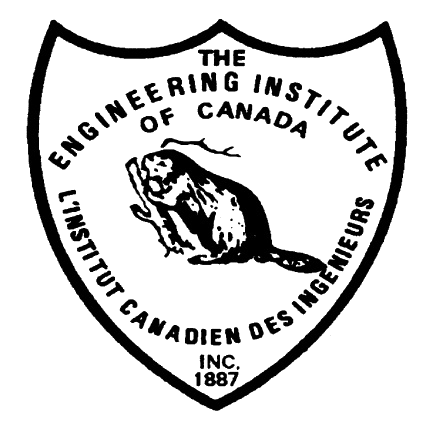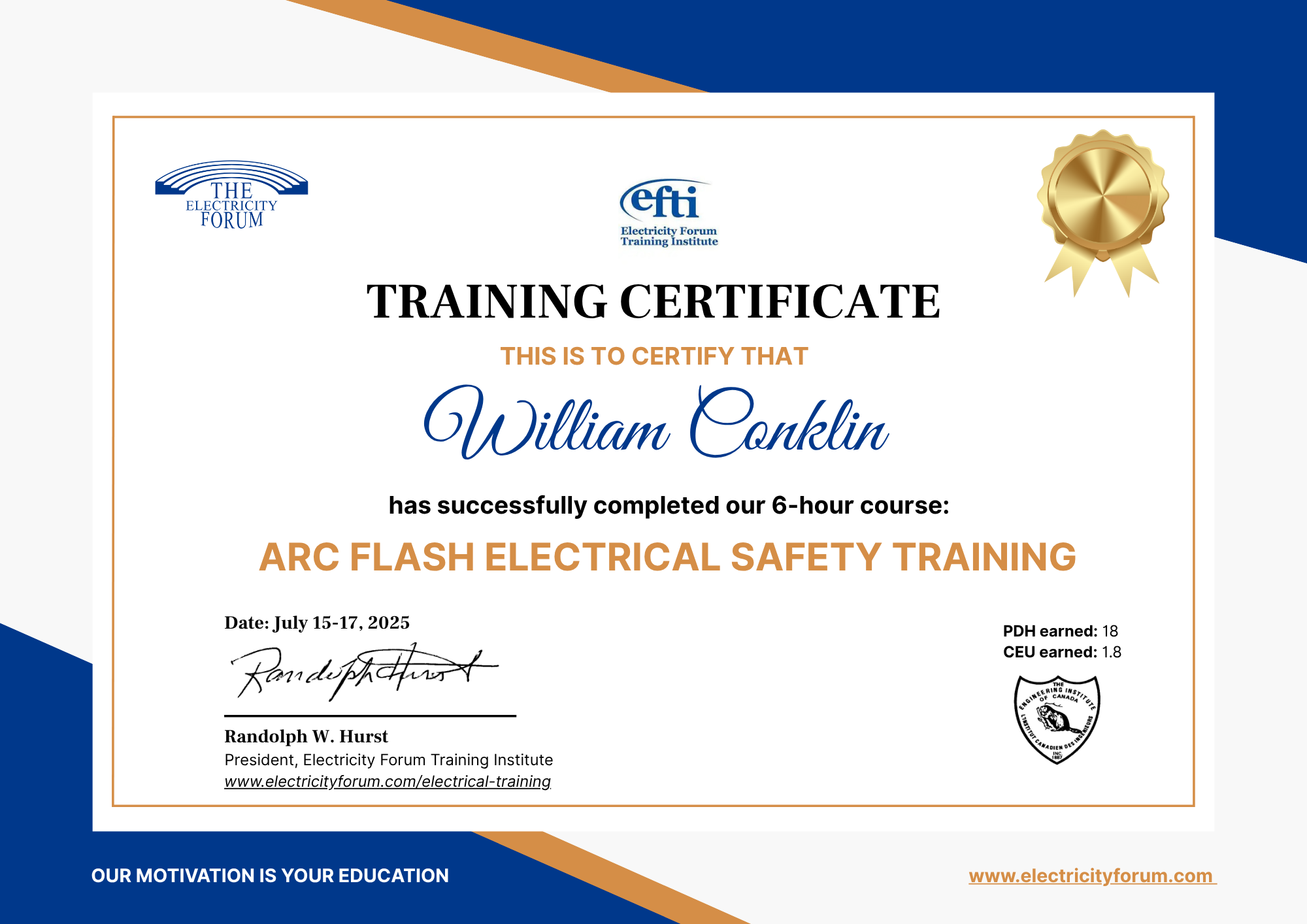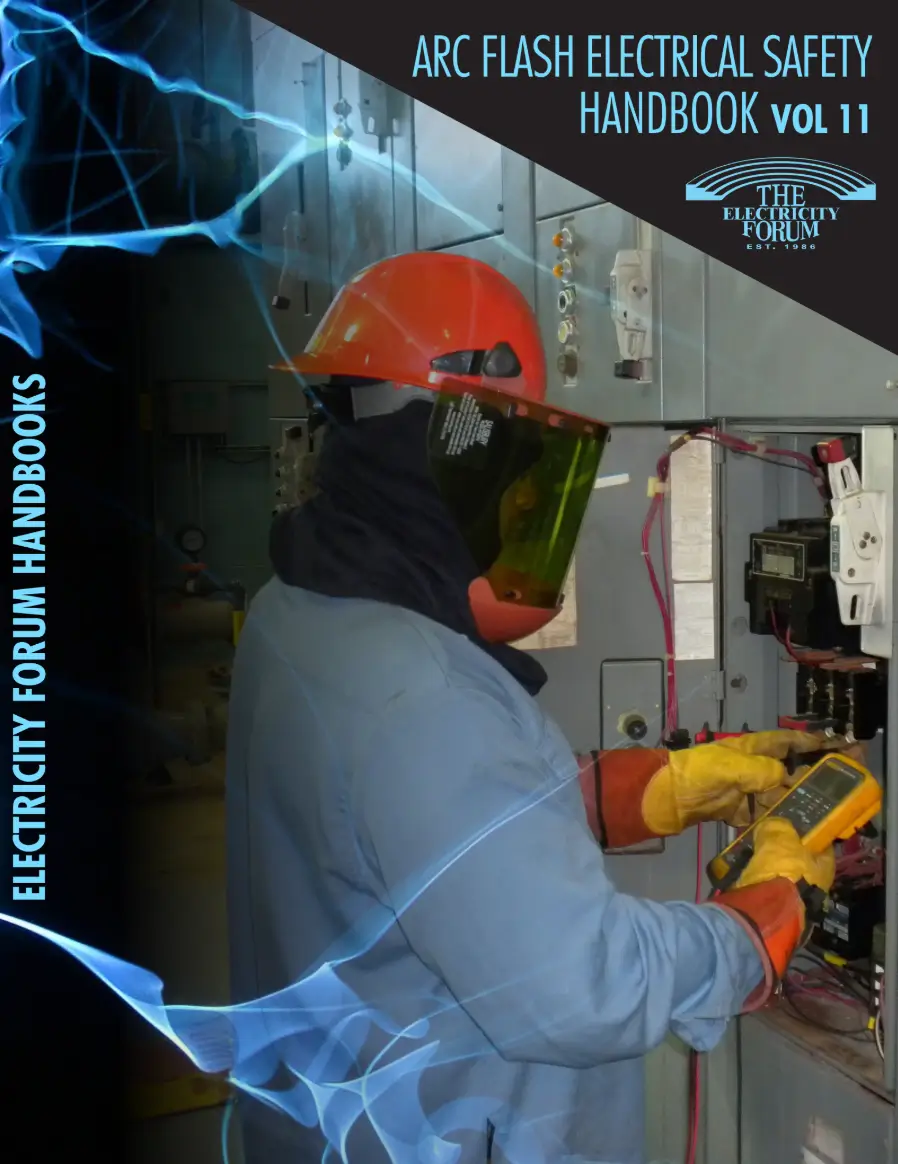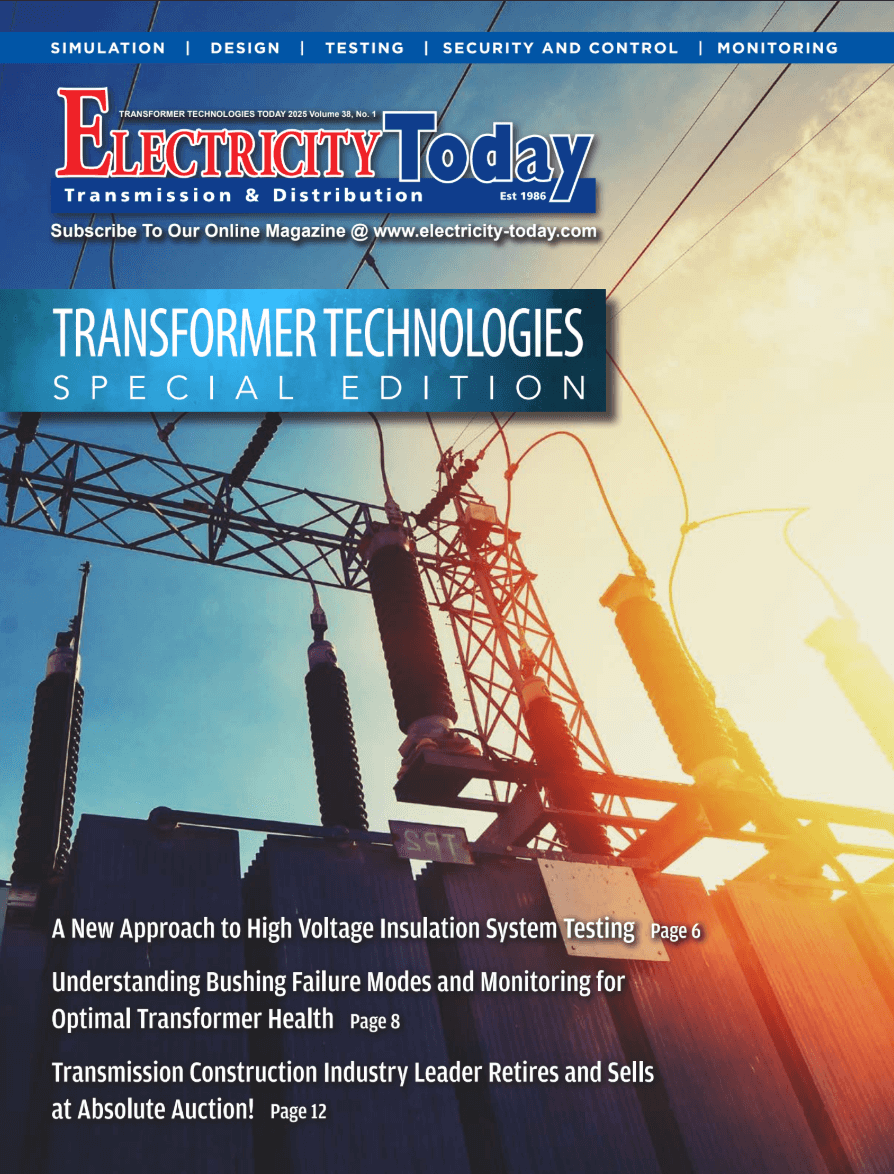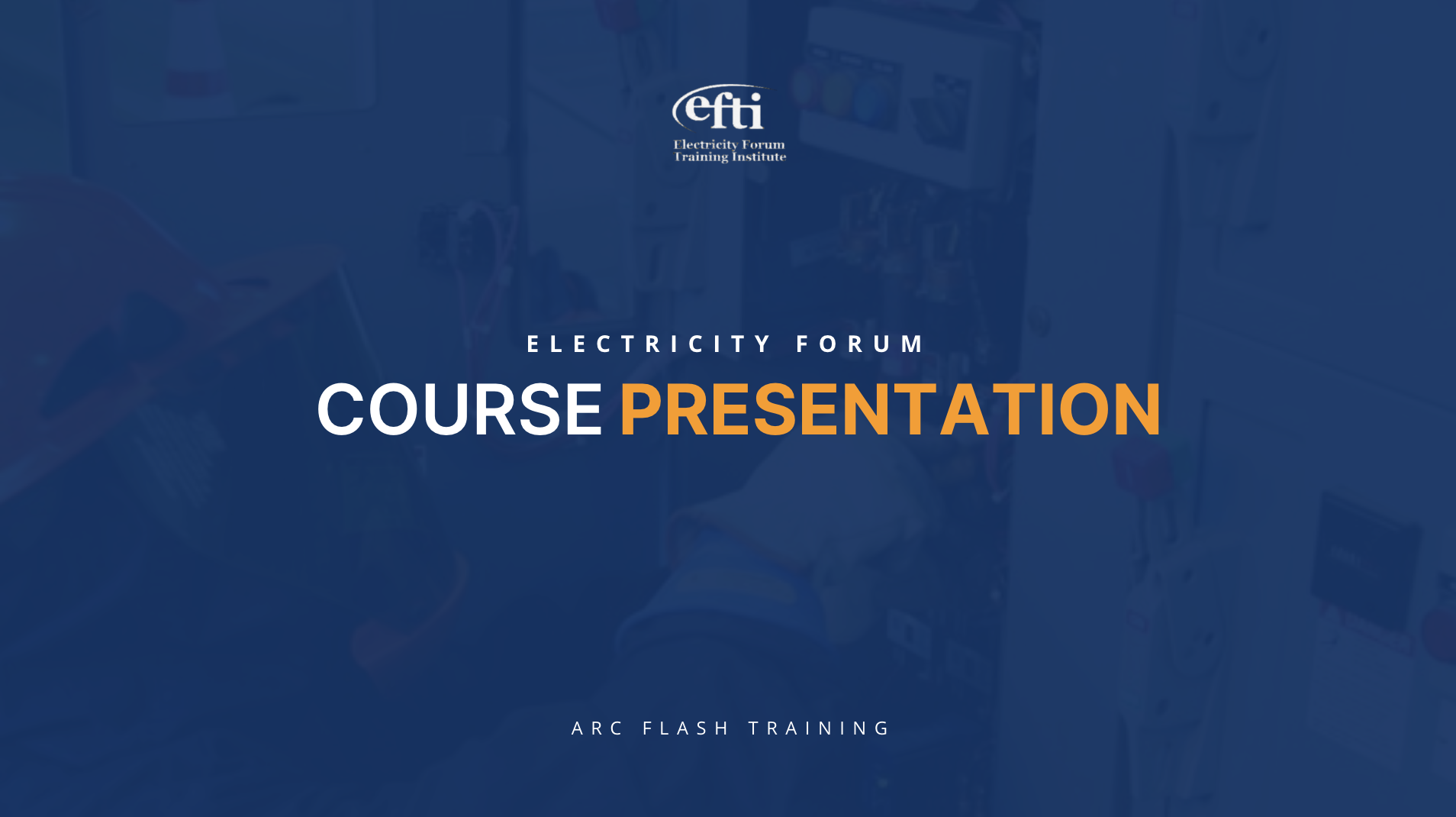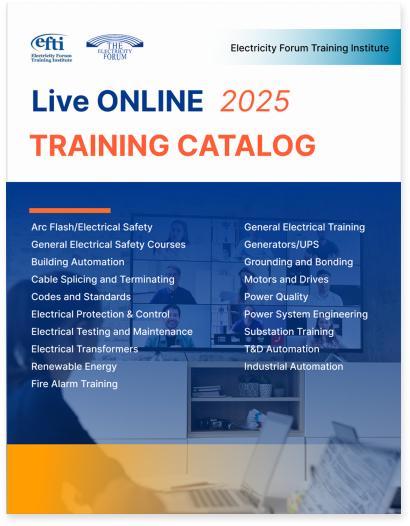DAY ONE
Part 1
UNDERSTANDING ELECTRICAL POWER SYSTEMS
- Basic Electrical Theory & Commonly Used Formulae
- Electrical Definitions and Acronyms
- IEEE Device numbers
- Electrical Drawing Symbols
- Single line & 3 line drawings & AC/DC Trip & Control Schematics
Part 2
TEST EQUIPMENT OVERVIEW
- Types of Commonly Used Test Equipment
- Insulation Resistance Test Sets (Hipot, Meggar, VLF)
- Contact resistance Testing (Ducter)
- Power Factor Sets (Cap Bridge, Doble)
- Transformer Sets (Winding Resistance, TTR)
- Relay Test sets and AC Current Sources
- Contact resistance Testing
- Current Injections, CT testing
Part 3
TESTING AND TEST METHODS
- Acceptance Tests and Maintenance Tests
- Frequency of Tests
- Special Precautions and Safety
- Qualifications of Test Operators
- Insulation Testing
- Dielectric Absorption
- Protective Device Testing
- Circuit Breaker Tests
- Transformer Turns-Ratio and Polarity Tests
- Impedance Testing of Equipment Grounding Conductor
- Infrared Inspection
- Meggaring, Continuity, Hi-Pot testing of equipment
NETA STANDARDS FOR ELECTRICAL MAINTENANCE
ANSI/NETA Standard for Maintenance Testing Specifications for Electrical Power Distribution Equipment and Systems (2007) covers suggested field tests and inspections for assessing the suitability of continued service and reliability of electrical power distribution systems.
Part 4
POWER SYSTEM STUDIES
- Short-Circuit Studies
- Coordination Studies
- Arc-Flash Hazard Analysis
- Load-Flow Studies
- Stability Studies
- Switching-Transients Studies
- Motor-Starting Studies
- Harmonic-Analysis Studies
- Ground-Mat Studies
- Cable-Ampacity Studies
- Reliability Studies
Part 5
INSPECTION AND TEST PROCEDURES
- Switchgear and Switchboard Assemblies
- Transformers, Dry-Type, Liquid-Filled
- Instrument Transformers
- Cables, Low-Voltage, Medium- and High-Voltage
- Switches, Air
- Switches, Oil, Medium-Voltage
- Switches, Vacuum, Medium-Voltage
- Switches, SF6, Medium-Voltage
- Circuit Breakers, Air
- Circuit Breakers, Oil, Medium- and High-Voltage
- Circuit Breakers, Vacuum, Medium-Voltage
- Circuit Breakers, SF6
- Protective Relays, Electromechanical and Solid-State
- Protective Relays, Microprocessor-Based
- Metering Devices
- Regulating Apparatus, Voltage, Current, Load Tap-Changers
- Grounding Systems
- Ground-Fault Protection Systems
- Rotating Machinery, AC Induction Motors and Generators
- Rotating Machinery, DC Motors and Generators
- Motor Control, Motor Starters, Low-Voltage, Medium-Voltage
- Motor Control, Motor Control Centers, Low-Medium Voltage
- Adjustable-Speed Drive Systems
- Direct-Current Systems, Batteries, Chargers, Rectifiers
- Surge Arresters, Low-Voltage, Medium- and High-Voltage
- Capacitors and Reactors
- Emergency Systems
- Automatic Circuit Reclosers and Line Sectionalizers
- Automatic Line Sectionalizers, Oil
- Fiber-Optic Cables
- Electrical Safety Equipment
Part 6
REVIEW OF NETA TABLES
- Insulation Resistance Test Values
- Switchgear Withstand Test Voltages
- Dissipation Factor/Power Factor at 20° C
- Suggested Limits for Service-Aged Insulating Fluids
- Transformer Insulation Resistance
- Medium-Voltage Cables, Maintenance Test Values
- Molded-Case Circuit Breakers, Inverse Time Trip Test
- Instantaneous Trip Tolerances for Field Testing of Circuit Breakers
- Instrument Transformer Dielectric Tests, Field Maintenance
- Maximum Allowable Vibration Amplitude
- Periodic Electrical Test Values for Insulating Aerial Devices
- US Standard Fasteners, Bolt Torque Values for Electrical Connections
- SF6 Gas Tests
- Insulation Resistance Conversion Factors
- High-Potential Test Voltage for Automatic Circuit Reclosers
- High-Potential Test Voltage for Periodic Test of Line Sectionalizers
- Metal-Enclosed Bus Dielectric Withstand Test Voltages
- Thermographic Survey, Suggested Actions Based on Temperature Rise
- Overpotential Test Voltages for Electrical Apparatus Other than Inductive Equipment
- Rated Control Voltages and Their Ranges for Circuit Breakers
- Accuracy of IEC Class TP Current Transformers, Error Limit
- Minimum Radii for Power Cable
NFPA 70B ELECTRICAL MAINTENANCE RECOMMENDED PROCEDURES
Part 7
SUBSTATIONS AND SWITCHGEAR ASSEMBLIES
- Insulators
- Conductors
- Air-Disconnecting Switches
- Grounding Equipment
- Enclosures
- Switchgear Assemblies
- Air Circuit Breakers
- Arc Interrupters
- Oil Circuit Breakers
- Interrupter Switches
- Gas-Insulated Substations and Gas-Insulated Equipment
- Maintenance and Repair of the GIS and GIE
- Surge Arresters
- Instrument Transformers and Auxiliary Transformers
- Protective Relays, Meters, and Instruments
- Ground-Fault Indicators
- Network Protectors
Part 8
POWER AND DISTRIBUTION TRANSFORMERS
- Liquid-Filled Transformers
- Regular Inspections
- Current and Voltage Readings
- Temperature Readings
- Liquid-Level Indicator and Pressure/Vacuum Gauges
- Special Inspections and Repairs
- Liquid Maintenance and Analysis
- Fault-Gas Analysis
- Dissolved-Gas-in-Oil Analysis
- Dry-Type Transformers
- Regular Inspections
- Current and Voltage Readings
- Temperature Readings
Part 9
POWER CABLES
- Visual Inspection
- Aerial Installations
- Raceway Installations
- Cable Testing
Part 10
MOLDED CASE CIRCUIT BREAKERS
- Types of Molded-Case Circuit Breakers
- Phase-Fault Current Conditions
- Ground-Fault Tripping
- Special-Purpose Breakers
- Inspection and Cleaning
- Loose Connections
- Mechanical Mechanism Exercise
Part 11
FUSES
- Fuses Rated 1000 Volts or Less
- Fuses Rated over 1000 Volts
- Installing and Removing Fuses
- Inspection, Cleaning and Servicing
- Replacement
WORKPLACE ELECTRICAL SAFETY - SAFETY RELATED MAINTENANCE REQUIREMENTS
This presentation specifies practical safety-related maintenance requirements for electrical equipment and installations in the workplace. These requirements cover only maintenance directly associated with electrical worker safety.
Part 12
GENERAL MAINTENANCE REQUIREMENTS
- Qualified persons
- Single-line diagram
- Overcurrent protective devices
- Spaces about electrical equipment
- Grounding and bonding
- Safety equipment
- Clear spaces
- Identification of components
- Warning signs
- Identification of circuits
- Electrical cables and single and multiple conductors
- Flexible cords and cables
- Substations, switchgear assemblies, switchboards, panelboards, motor control centres, and disconnect switches
- Enclosures
- Conductors
- Insulation integrity
- Protective devices
- Raceways and cable trays
- Controller equipment
- Fuses and circuit breakers
- Circuit breaker testing
- Rotating equipment
- Terminal chambers, enclosures, and boxes
- Guards, barriers, and access plates
- Hazardous locations
Review of expectations
Questions and Answers
COURSE TIMETABLE
Both days:
Start: 8:00 a.m.
Coffee break: 10:00 a.m.
Lunch: 12:00 noon
Finish: 4:30 p.m.



